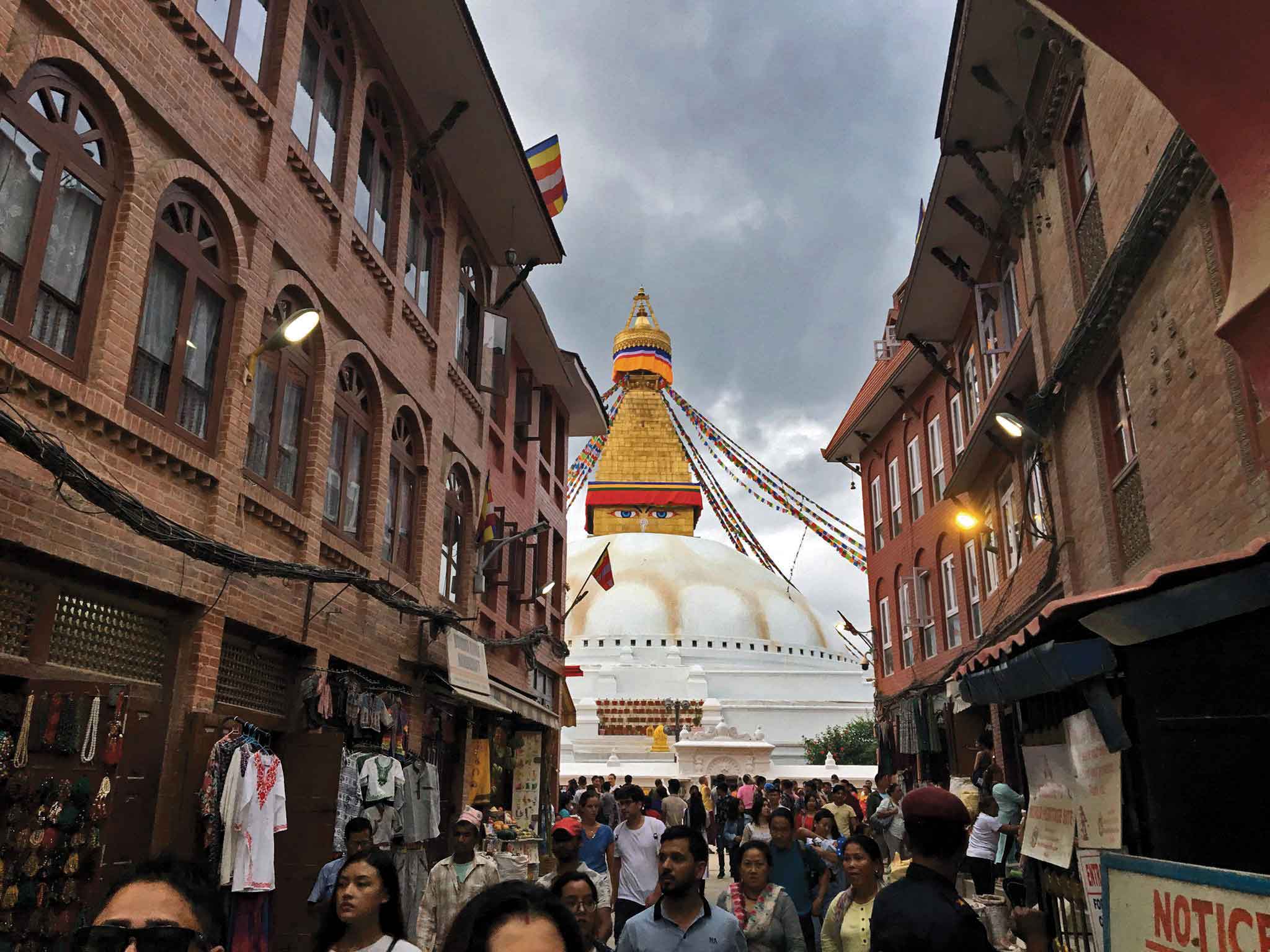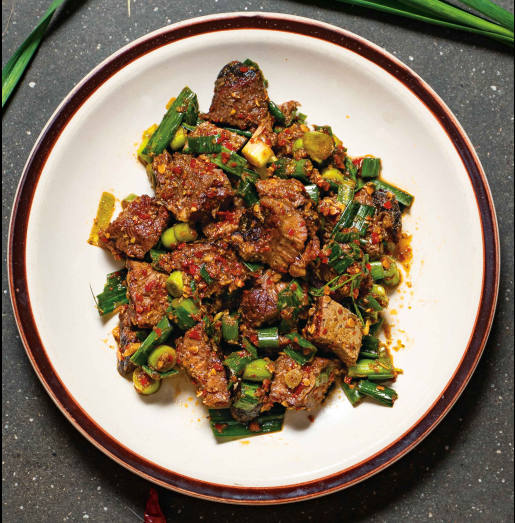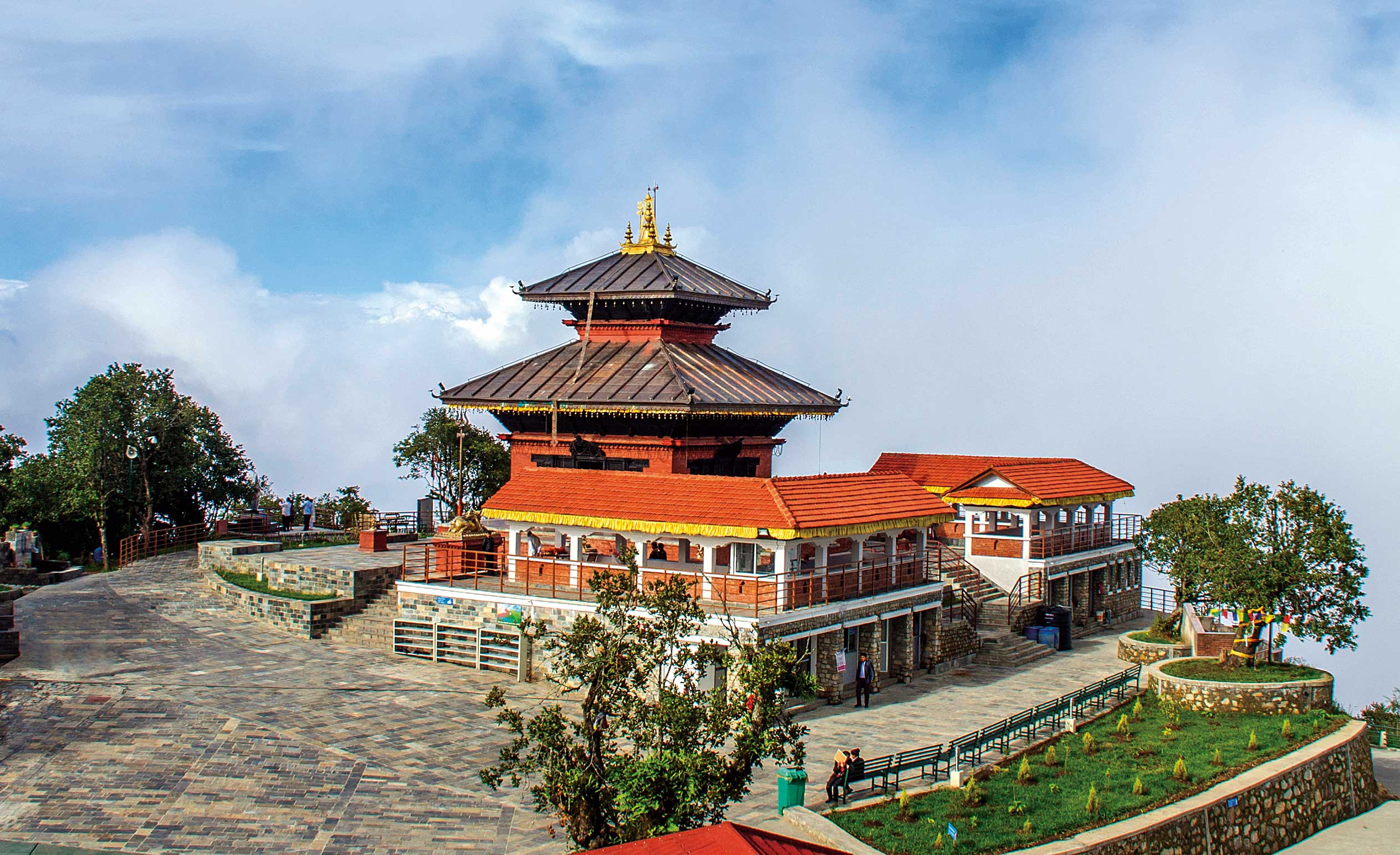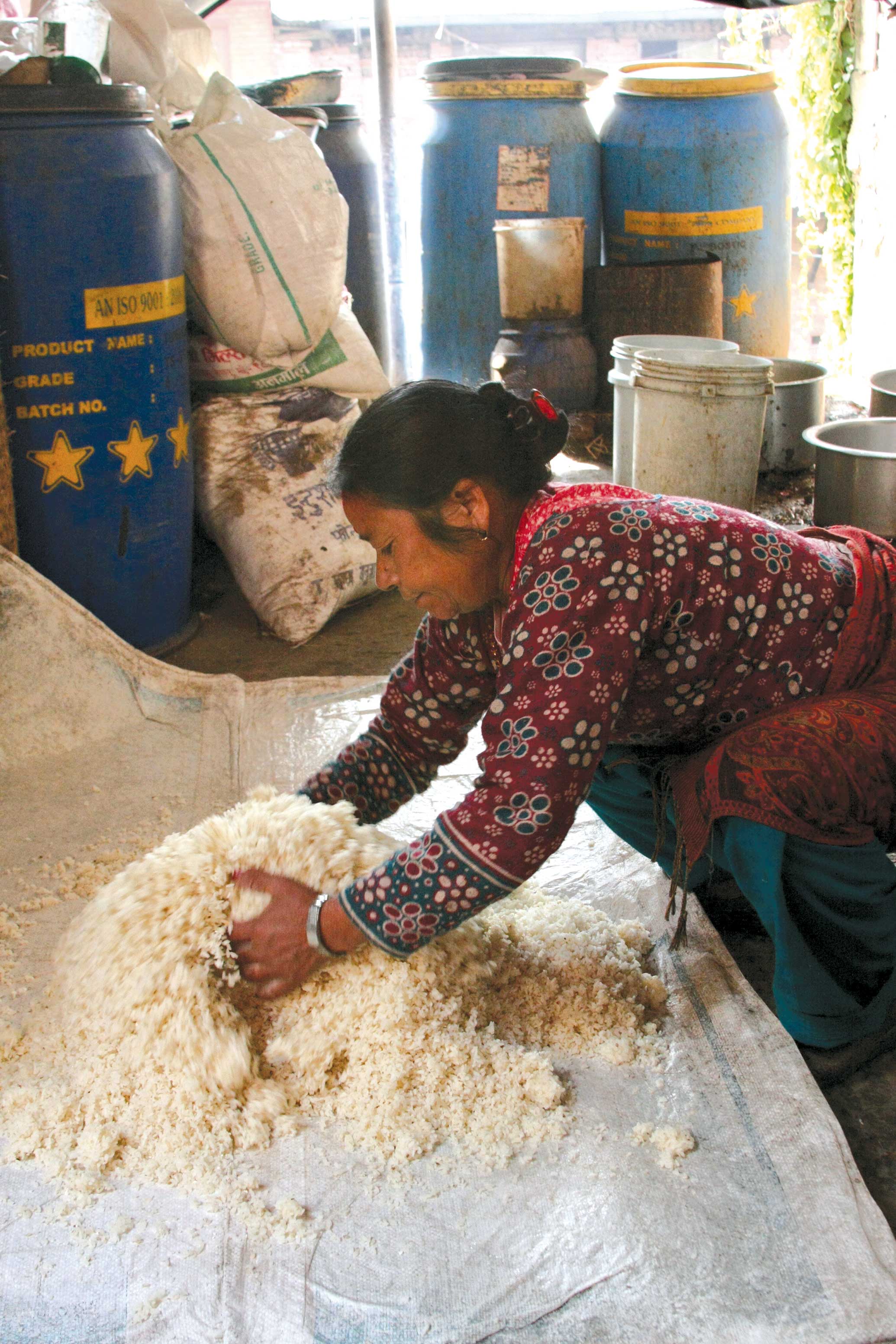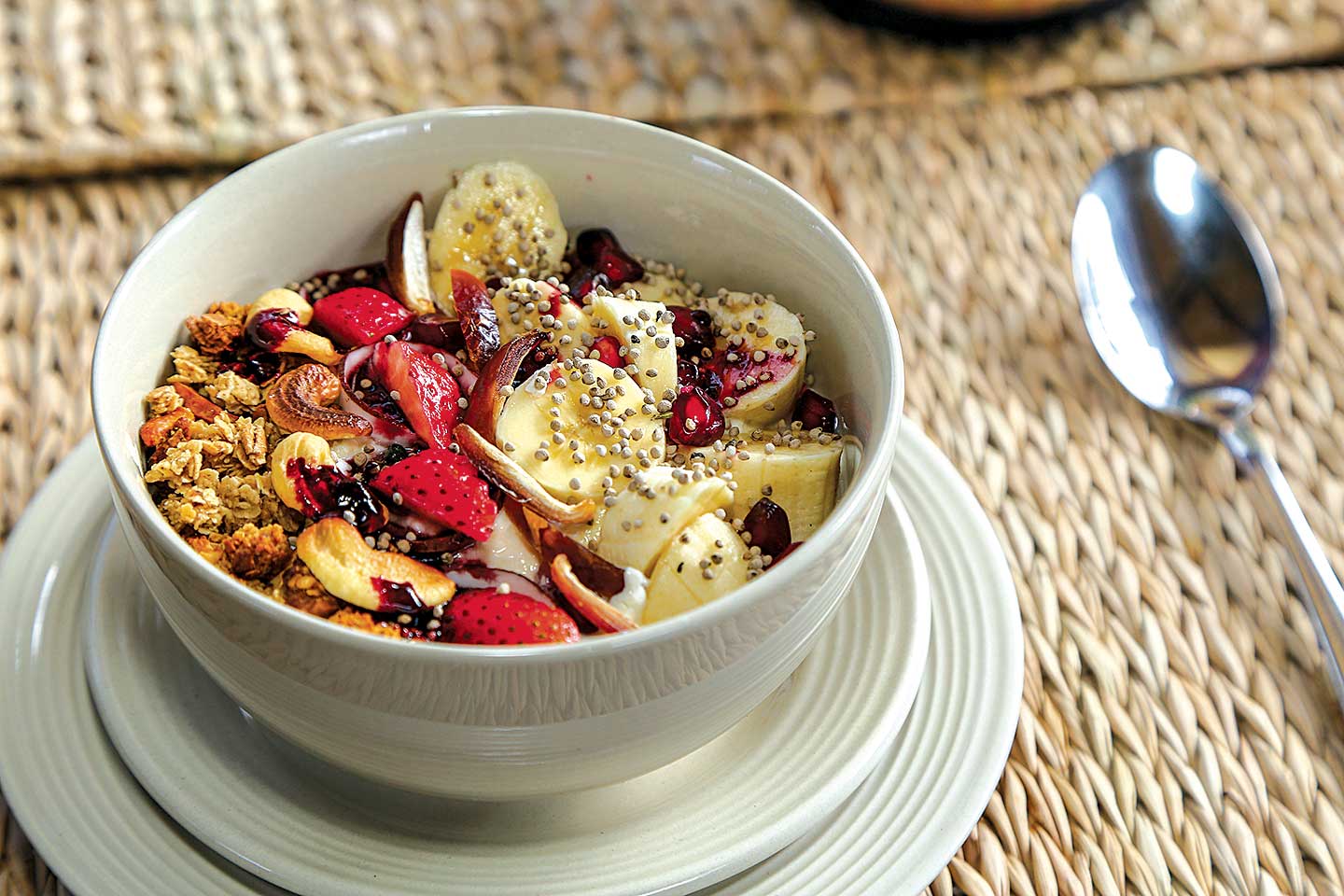The creamy Juju Dhau is an integral part of Newari culture. While preparing it might not be a struggle, the patience required certainly is.
 At each Newari bhwey (traditional feast) I attend, I desperately wait for one serving – the Juju Dhau (King Yogurt). And in every celebration I have been to, I’ve noticed people cheerfully connecting while standing in line for the creamy curd. Originating in Bhaktapur, Juju Dhau is one of Kathmandu Valley’s favorite desserts. Curd makers all over have tried to replicate its delicious taste but Bhaktapur seems to have a secret ingredient that can never be copied.
At each Newari bhwey (traditional feast) I attend, I desperately wait for one serving – the Juju Dhau (King Yogurt). And in every celebration I have been to, I’ve noticed people cheerfully connecting while standing in line for the creamy curd. Originating in Bhaktapur, Juju Dhau is one of Kathmandu Valley’s favorite desserts. Curd makers all over have tried to replicate its delicious taste but Bhaktapur seems to have a secret ingredient that can never be copied.
Juju Dhau is just yoghurt but its traditional essence makes it incredibly luscious. The preparation in itself isn’t a very complex process but the patience required is immense. A failure to be persistent with the time can ruin the entire flavor of the dish.
The making of Juju Dhau begins with the boiling of buffalo milk. After it starts to simmer, sugar and khuwa is added to it and stirred well. Buffalo, rather than cow milk, is preferred because of its richer taste and texture. Its natural fat creates a velvety cream that appears to melt in the mouth.
After it has been heated, the milk is left to cool and then poured into containers. Experts prefer porous clay pots since they absorb the excess liquid, thus leaving behind a thick creamy yogurt. The curd setting process is metabolic in nature since it is created by the bacterial fermentation of milk.
The most difficult part is the countdown and the correct heat for the curd to be set. The preferred temperature is above 35 degrees Celsius. Curd makers usually place bhus (shredded husks) on the floor with a layer of blankets above it. A jute sack covers the curd, although blankets are also utilized. This is the trickiest part of the process. Too much setting time can make the curd watery, and too little means it’ll be ruined.
The setting time is four to five hours in summer, and eight hours or more in winter. However, it all depends on the amount being prepared. After the curd is set, it is refrigerated for a while. People today have started garnishing the dish with cashew nuts, raisins, pistachio and almonds. But Juju Dhau doesn’t need such additions; it has its own unique flavor that makes it the king of curds.
Juju Dhau is an essential part of Newari bhweys, festivals, and rituals. Apart from its cultural significance, it is also considering good for digestion. This summer, try preparing a serving of your own.


